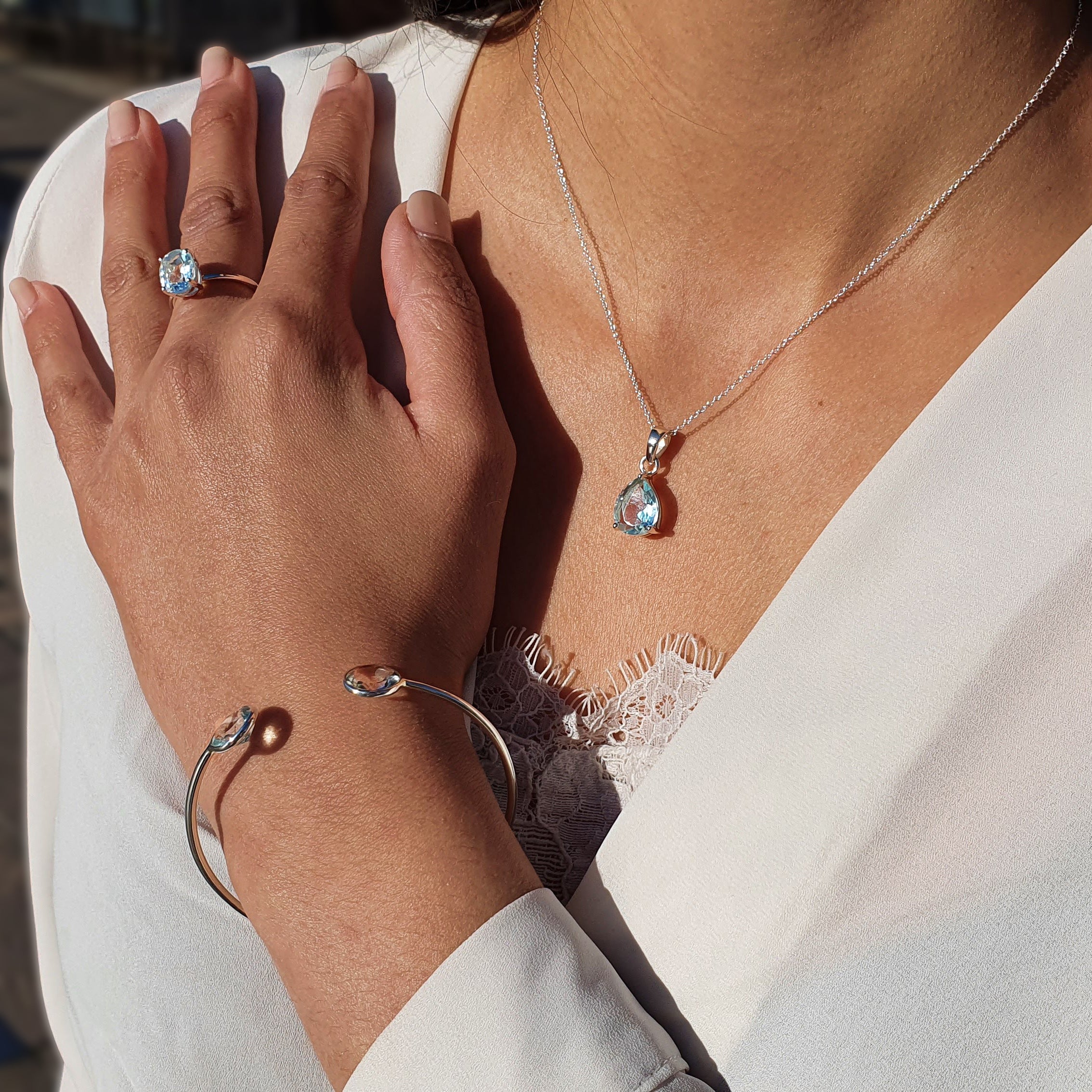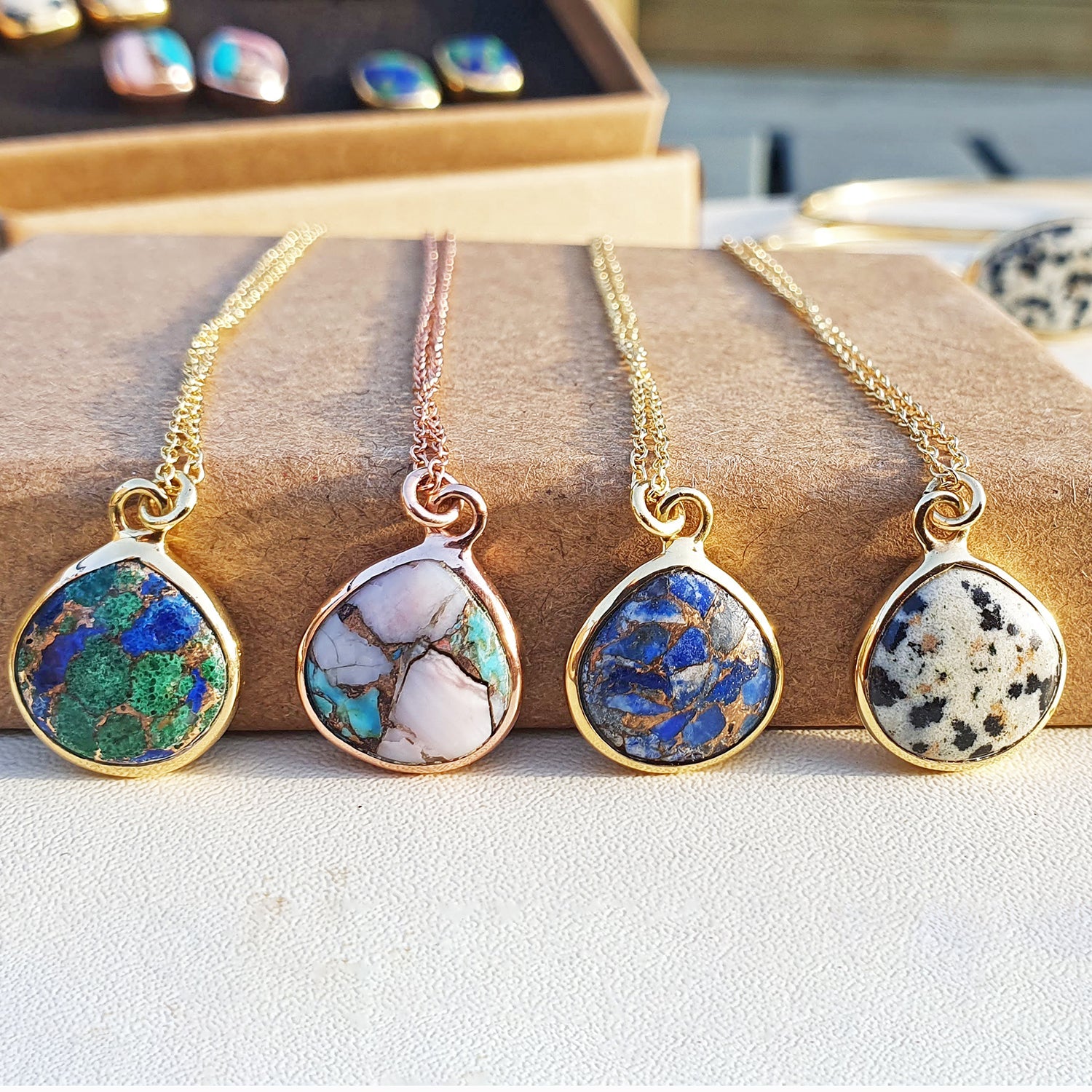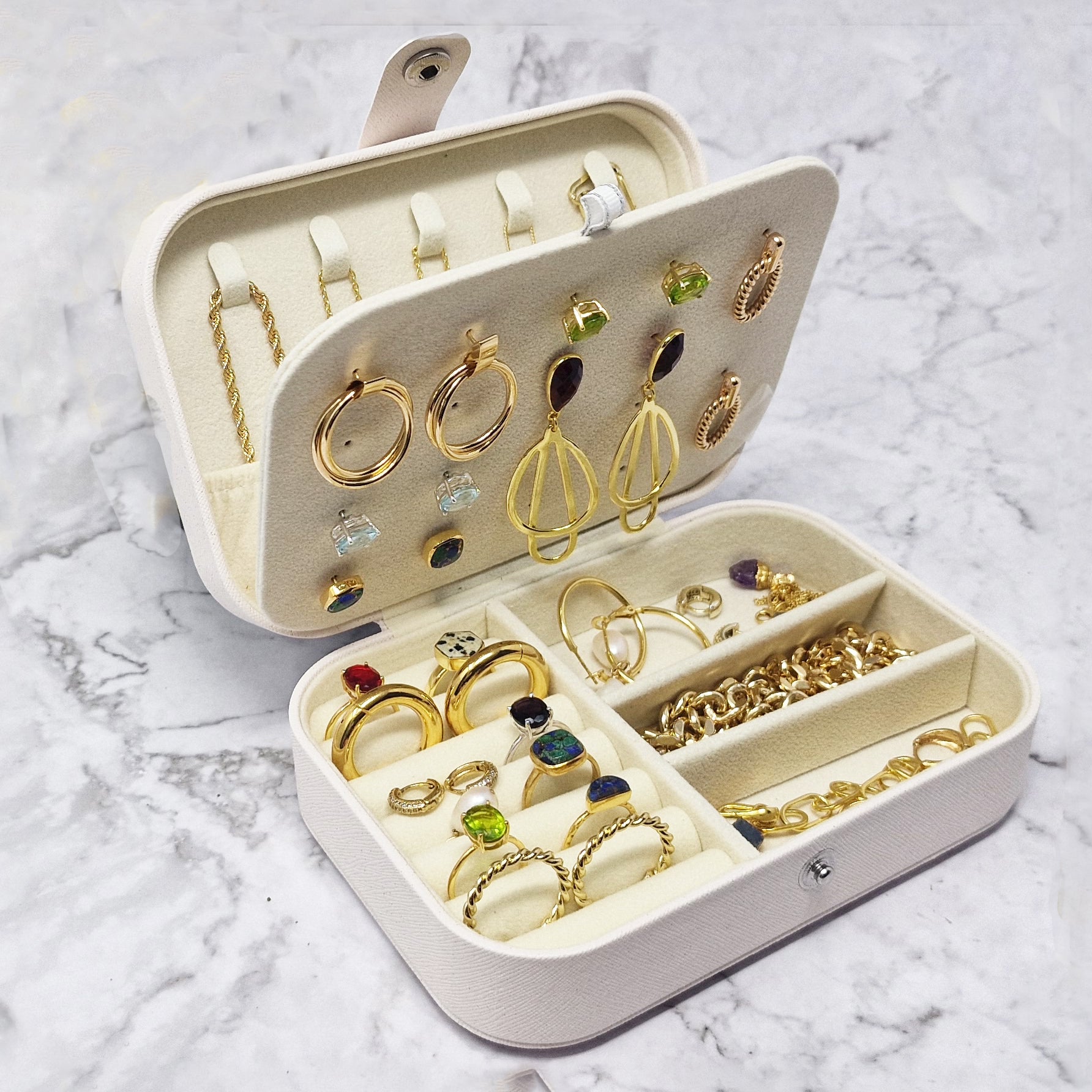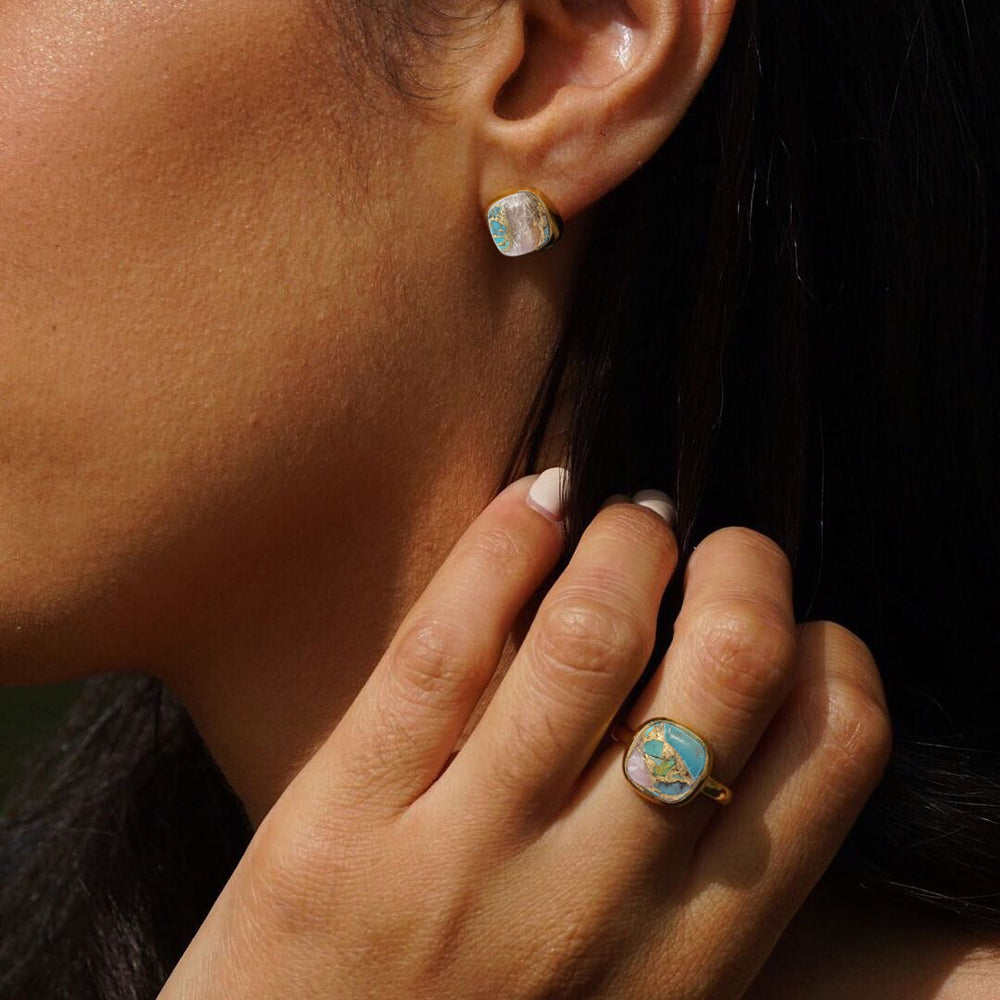Gold Jewellery | Everything You Need To Know
All that is gold does not glitter, but when you use it in artisanal jewellery it sure looks fantastic. Gold jewellery has been popular for thousands of years, and almost every ancient civilisation recognised gold’s beauty at first sight. Over time fashion trends have come and gone and different gemstones have been found, become fashionable and gone out of fashion, but gold has always remained.
Gold jewellery’s long history also means that there have been many different ways of styling and crafting gold. Nowadays, there are only a few main types of gold jewellery, “pure” gold jewellery and gold plated pieces. “Pure” gold jewellery is never totally pure gold, as properly pure gold is far too soft to work as a wearable metal. This means jewellers mix in other metals, usually copper or silver, to make the gold stronger without muddying the colour. This is where the karat system comes in, with 24 karat being totally pure gold and 0 karat totally not gold. Gold plating has emerged as a much more accessible form of gold jewellery where bases of other metals, usually silver again, are covered in gold. These pieces are much more durable thanks to their solid base, and much less expensive to produce. The gold plating can also vary in purity, using the same karat system to measure its fineness.
18k Gold Vermeil Cuban Chain & Pendant Charms
Don’t forget, karat and carat aren’t quite the same system. Carat with a “C” is used to measure the weight of gemstones and is just equal to 200mg. Karat with a “K” is what you need to be looking out for, as it’s the karat system measures the fineness of precious metals. The most popular fineness is 14kt, as this strikes a balance between the purity of the gold and how strong the metal needs to be to survive regular life. As you increase the purity of the gold, you might not be shocked to realise that the pieces get more expensive. They also get more fragile as gold’s physical weaknesses become more prominent. In other words, we wouldn’t recommend wearing 22kt jewels while cleaning the house, and for wearing out and about on a daily basis we wouldn’t recommend anything higher than 18kt.
18k Gold Vermeil Paperclip Necklace & Hawser Chain
The differences don’t just stop there though, as the different types of gold plating also come with their own strengths and weaknesses. Classic gold plating can vary in thickness, so it’s best to find out how much gold you are actually getting on your gold-plated jewellery. Thinner plating is much easier to damage and over time bits may start to fade or even fall away. Gold vermeil is a thicker and higher quality form of plating. To even be classified as gold vermeil, the base metal has to be either 92.5% sterling silver or 99.9% silver. The gold on top also has to be at least 10 karats in purity and the plating has to be 2.5 microns thick. All of this means that gold vermeil jewellery is longer lasting and much stronger than regular gold plating. This might make them a little more expensive thanks to the materials required, but the payoff is longer lasting and higher quality jewellery. Gold vermeil can also be good for those who have trouble wearing metals like nickel and copper, as the sterling silver base is much better with sensitive skin.
18k Gold Vermeil Astra Zodiac Pendant Charms
The colours of gold jewellery can also vary, and it’s good to know what kind of gold you’re looking for as the purity of the metals might affect it. Unsurprisingly, the classic gold look comes best with pure 24kt gold, but that same gold is very expensive and is easily damaged. The popular rose gold gets its colour from a larger than usual amount of copper in the mix. This mix of metals also makes it stronger, so rose gold pieces tend to also be durable as well as nice to look at. Similarly, white gold comes from having a larger amount of a white metal, usually nickel, silver or palladium. Even though it might be less pure, some jewellers prefer to include white gold in jewellery featuring diamonds as the colour works very well with clear jewels. Each colour brings its own special charm, and it’s up to you to decide where your metallic priorities lie.

18k Gold Vermeil Initial & Birthstone Necklace
When gold jewellery is worn daily, it’s important to keep an eye out for any rough hits it might take, even gold-plated pieces can be quite easily damaged if not taken care of. Gold does also have it’s kryptonite, chlorine. Chlorine actually weakens the links between gold particles at the molecular level, so it’s an absolute must to remove gold jewellery before getting in the pool or heading into the spa. In general though, it is best to keep jewellery away from strong chemicals and aerosols as they can damage the metal. When cleaning gold jewellery it’s best to use softer cleaning liquids but let the jewellery soak for some time. The recommended soak is 2 or 3 hours in a mixture of around 80% water and 20% soft soap. Then use a soft brush to clean any nooks and crannies and scrub off any leftover soap. For a little bit of shining, it’s important to use a proper jewellery polishing cloth and not tissues or paper towels as they can actually scratch the gold if you go too hard. You can read more about how to clean and store your gold jewellery here and you can view our 18k gold collection here





 18k Gold Vermeil Miami Chain
18k Gold Vermeil Miami Chain


Leave a comment